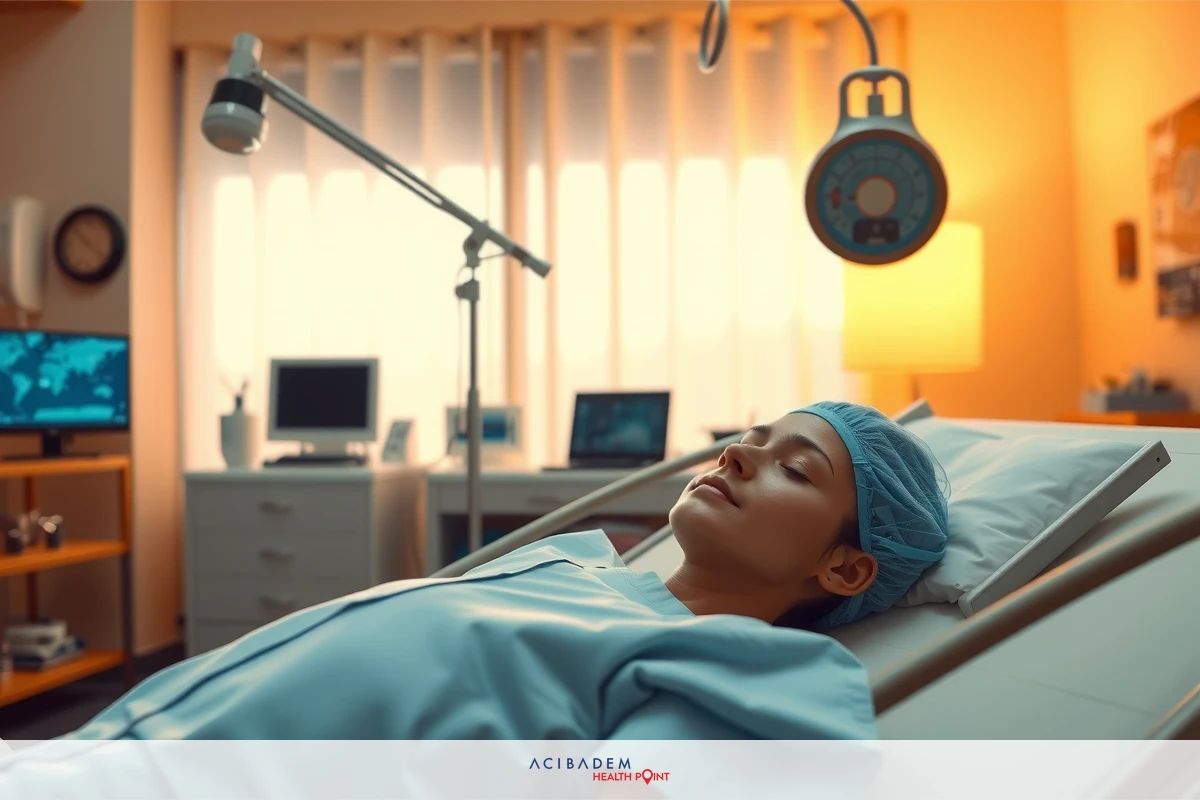Will My Nose Drop After Rhinoplasty?
Will My Nose Drop After Rhinoplasty? Many individuals who undergo rhinoplasty, a reshaping process of the nose, often find themselves contemplating post-operative changes. This concern primarily revolves around whether their noses will drop after surgery. It is natural for patients to feel anxious about potential alterations in appearance following such an operation.
These changes requires acknowledging that post-operative modifications are multifaceted and influenced by various factors. These include the individual’s unique physiology, surgical techniques used, and recovery progression among others. It is crucial for those considering or have undergone rhinoplasty to manage expectations realistically while adhering to professional guidance during the healing phase.
Common Post-Operative Changes
Rhinoplasty, a surgical intervention aimed at altering the nose’s shape or improving its function, often results in several post-operative changes. One of the most common concerns among patients is whether their noses will “drop” following surgery. This term refers to a downward shift of the nasal tip over time after rhinoplasty – indeed an understandable concern considering the central role our noses play in facial symmetry and overall aesthetics.
It is critical to note that such perceived “nose drop” might actually be part of the normal healing process rather than an undesirable outcome. Swelling is commonplace after any surgical procedure and can temporarily alter your nose shape during recovery. As this swelling subsides with time and healing progresses, changes become more apparent – often leading patients to believe their noses have dropped when they are simply observing their new nasal structure emerging from beneath post-surgery inflammation.
These nuances requires knowing what happens during rhinoplasty itself. The surgeon makes incisions inside or around your nose, modifying bone, cartilage or both to achieve desired improvements in form or function. Different techniques may result in varying degrees of initial swelling and subsequent reduction thereof – contributing factors towards perceptions of ‘nose drop’. Thus knowing that these shifts are inherent aspects of recovery can help alleviate patient anxiety about supposed unfavorable outcomes while promoting realistic expectations regarding final appearance postrhinoplasty.
Factors Affecting Nose Shape
The final nose shape after rhinoplasty is influenced by a multitude of factors. It’s not only the surgical technique that plays a crucial role, but also individual patient characteristics and post-operative recovery process contribute to the outcome. These elements can help patients form realistic expectations about their results and mitigate concerns related to perceived ‘nose drop’ following surgery.
Each person has unique nasal anatomy comprising of bone and cartilage structure, skin thickness, facial proportions among other things. These features influence how changes made during rhinoplasty manifest in the overall appearance of your nose post-surgery. For instance, individuals with thicker skin may experience more prolonged swelling which might give an illusion of ‘nose drop’ initially as compared to those with thinner skin where changes are noticeable sooner.
The specific surgical techniques employed dramatically impact the resulting nose shape. Surgeons tailor their approach based on individual patients’ needs – some might need significant cartilage reshaping while others could benefit from subtle refinements. This variability implies differing degrees of initial alteration followed by gradual settling into new structures over time – another aspect contributing towards perceptions of ‘nose drop’.
Healing patterns vary widely among different people due to factors such as age, general health condition or lifestyle habits like smoking which can impede recovery progress after any surgery including rhinoplasty. These

variations again account for differences observed in timing when final results become apparent – reinforcing why managing expectations based on understanding influencing factors is essential for every patient embarking on this transformative journey.
Managing Expectations
The journey of rhinoplasty, from the decision-making phase through recovery and adaptation to post-operative changes, can be laden with emotional highs and lows for many patients. Concerns about potential ‘nose drop’ are often among these anxieties. It’s thus crucial to manage expectations realistically by understanding what influences final nose shape following surgery and how individual healing patterns can impact perceived alterations during the recovery process.
Rhinoplasty outcomes are a culmination of intricate surgical techniques tailored around each patient’s unique anatomy coupled with their body’s response towards healing after such an intervention. This combination implies that results unfold over time rather than being immediately apparent – one of the primary reasons behind concerns related to perceived ‘nose drop’. Awareness about this gradual unveiling of your new look can help set realistic expectations while fostering patience as you heal.
A productive discussion with your surgeon plays a pivotal role in managing anticipations accurately too. Their expertise allows them insights into probable outcomes based on factors like your specific nasal features or chosen surgical approach which they could communicate effectively during consultations – providing personalized guidance regarding expected changes in nose shape post-rhinoplasty. Leaning on this professional advice not only helps alleviate anxiety but also equips you better for making informed decisions throughout this transformative experience.
Will My Nose Drop After Rhinoplasty?: Frequently Asked Questions
What does 'nose drop' mean in the context of rhinoplasty?
The term 'nose drop' refers to a perceived downward shift of the nasal tip following rhinoplasty. It's crucial to understand that such changes might be part of normal healing and reduction in post-surgery swelling rather than an undesirable outcome.
How soon can I expect my final nose shape after surgery?
Rhinoplasty results unfold gradually over time as initial swelling subsides and your body heals from the procedure. Your final nose shape may not be apparent immediately but becomes noticeable eventually during recovery.
Are there factors that could influence my nose shape after rhinoplasty?
Yes, multiple factors contribute towards your final appearance post-rhinoplasty. These include individual characteristics like bone structure or skin thickness, surgical techniques employed during operation and variations in personal healing patterns among others.
How can I manage expectations realistically regarding 'nose drop'?
That changes following any surgery including rhinoplasty are progressive helps manage anticipations about potential 'nose drop'. Discussing with your surgeon who can provide personalized guidance based on their expertise is also beneficial in setting realistic expectations.











